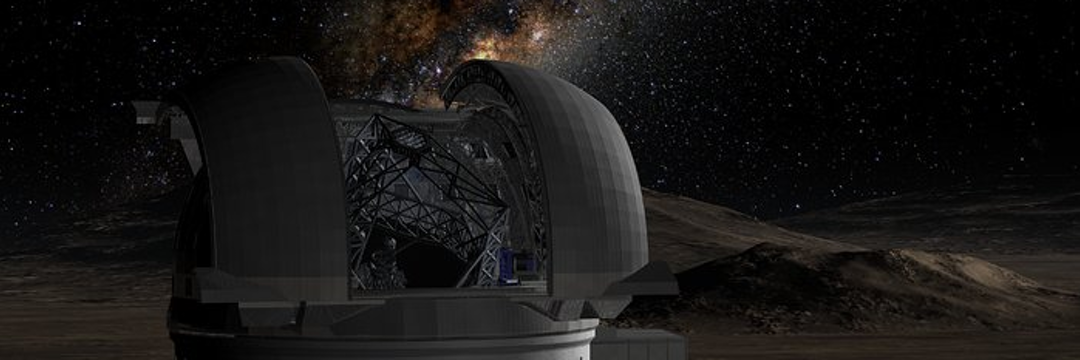
doi.org/10.48550/arXiv.2501.07415
Credibility: 988
#Milk Way
An international team of scientists, including astronomers from the Center for Astrophysics | Harvard & Smithsonian (CfA), has made the first detection of mid-infrared (mid-IR) emission from the supermassive black hole Sgr A*, located at the center of our galaxy, the Milky Way
What is Sgr A* and why is it important?
Sgr A* is a supermassive black hole, with a mass equivalent to 4 million times that of the Sun, located at the core of our galaxy.
Since the 1990s, it has been intensively studied because it emits bursts of light (called flares) in different wavelengths, such as radio and near-infrared (NIR).
These flares allow scientists to study how the black hole emits energy and how these emissions change over time.
Despite numerous observations, the mid-infrared (mid-IR) wavelength had never been detected before, leaving a gap in our understanding of how Sgr A* behaves.
What is mid-infrared (mid-IR) light?
Infrared light is a form of electromagnetic radiation with a wavelength longer than visible light but shorter than radio waves.
Mid-IR light occupies an intermediate range in the infrared spectrum and is essential for observing phenomena that other wavelengths cannot detect, especially in regions covered by dust.
Using the James Webb Space Telescope (James Webb), scientists have finally been able to observe a flare in the mid-infrared of Sgr A*.
This discovery fills an important gap in our understanding of how this black hole behaves.
How do flares happen?
Scientists believe that the flares of Sgr A* are caused by interactions of magnetic field lines in the turbulent region around the black hole, called the accretion disk.
When these magnetic lines reconnect, they release large amounts of energy.
One of the byproducts of this energy is synchrotron emission, which occurs when highly energized electrons spiral along magnetic field lines at speeds approaching the speed of light.
The new mid-IR detection revealed unprecedented information about how these electrons lose energy and contribute to flares, confirming theoretical models that already existed but lacked direct evidence.

Simultaneous observations reveal more secrets
In addition to the mid-IR, scientists used other instruments, such as the Submillimeter Array (SMA), the Chandra X-ray Observatory and the NuSTAR Telescope, to observe the flare at multiple wavelengths.
While X-rays did not record any emission, the SMA detected a millimeter-wave (mm) flare that occurred about 10 minutes after the mid-IR flare.
These data suggest a connection between the observed mid-infrared and millimeter-wave emissions, providing further insights into the physical processes in the accretion disk of Sgr A*.
What does this discovery mean?
The mid-infrared detection is a milestone for astrophysics.
It:
1. Fills a gap in the study of supermassive black holes.
2. Confirms theoretical models of synchrotron emissions.
3. Opens up new questions about the dynamics of magnetic lines and turbulence in the accretion disk.
Future research
The scientists now plan to investigate further the processes that cause these flares, including the role of the magnetic field and the influence of the prenatal electron environment in the accretion disk.
In addition, similar observations of other supermassive black holes, such as M87*, may provide even greater insight into these phenomena.
Conclusion:
This discovery not only answers old questions, but also raises fascinating new ones.
As Joseph Michail, one of the study’s authors, put it:
“We want to know: What other secrets can mid-IR reveal about Sgr A*? There is a treasure trove of knowledge waiting to be unlocked at the heart of our galaxy.”
The results were presented at a conference of the American Astronomical Society and published in the scientific journal Astrophysical Journal Letters.
Published in 01/16/2025 07h25
Text adapted by AI (ChatGPT / Gemini) and translated via Google API in the English version. Images from public image libraries or credits in the caption. Information about DOI, author and institution can be found in the body of the article.
Reference article:
Original study:
| Geoprocessing Drone Systems HPC |

| ERP and CRM Systems Mobile Systems AI |


